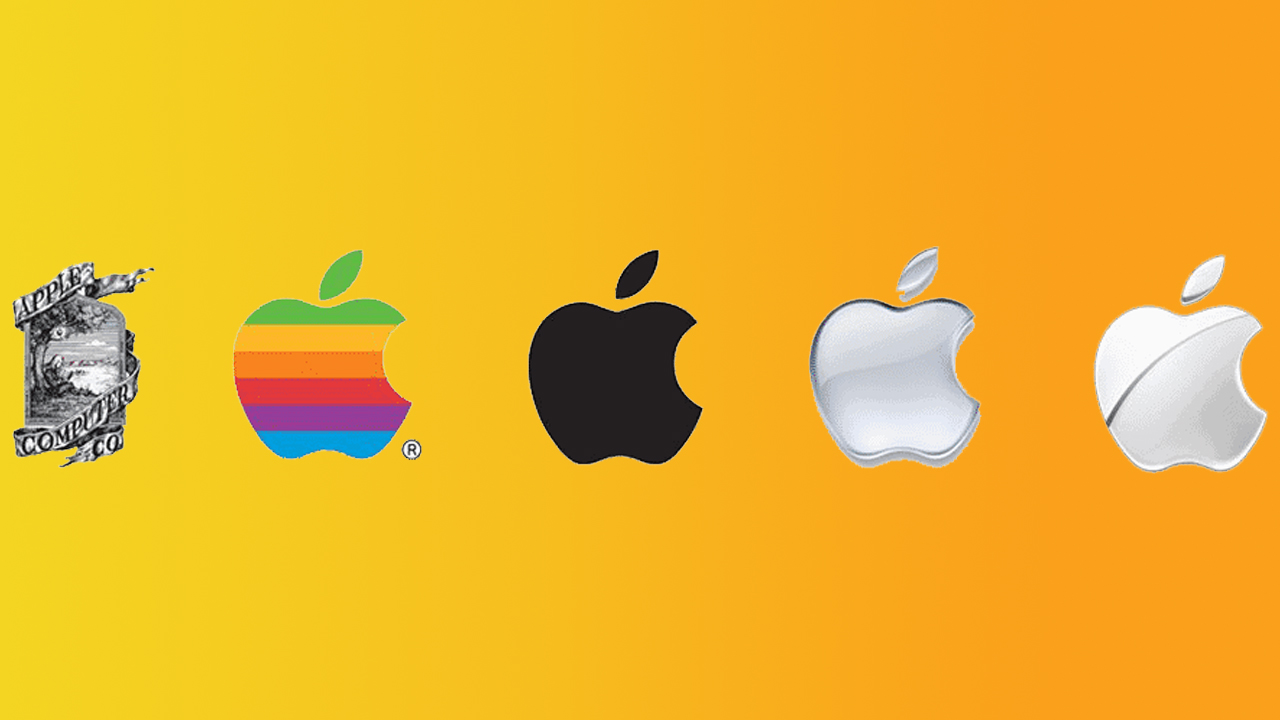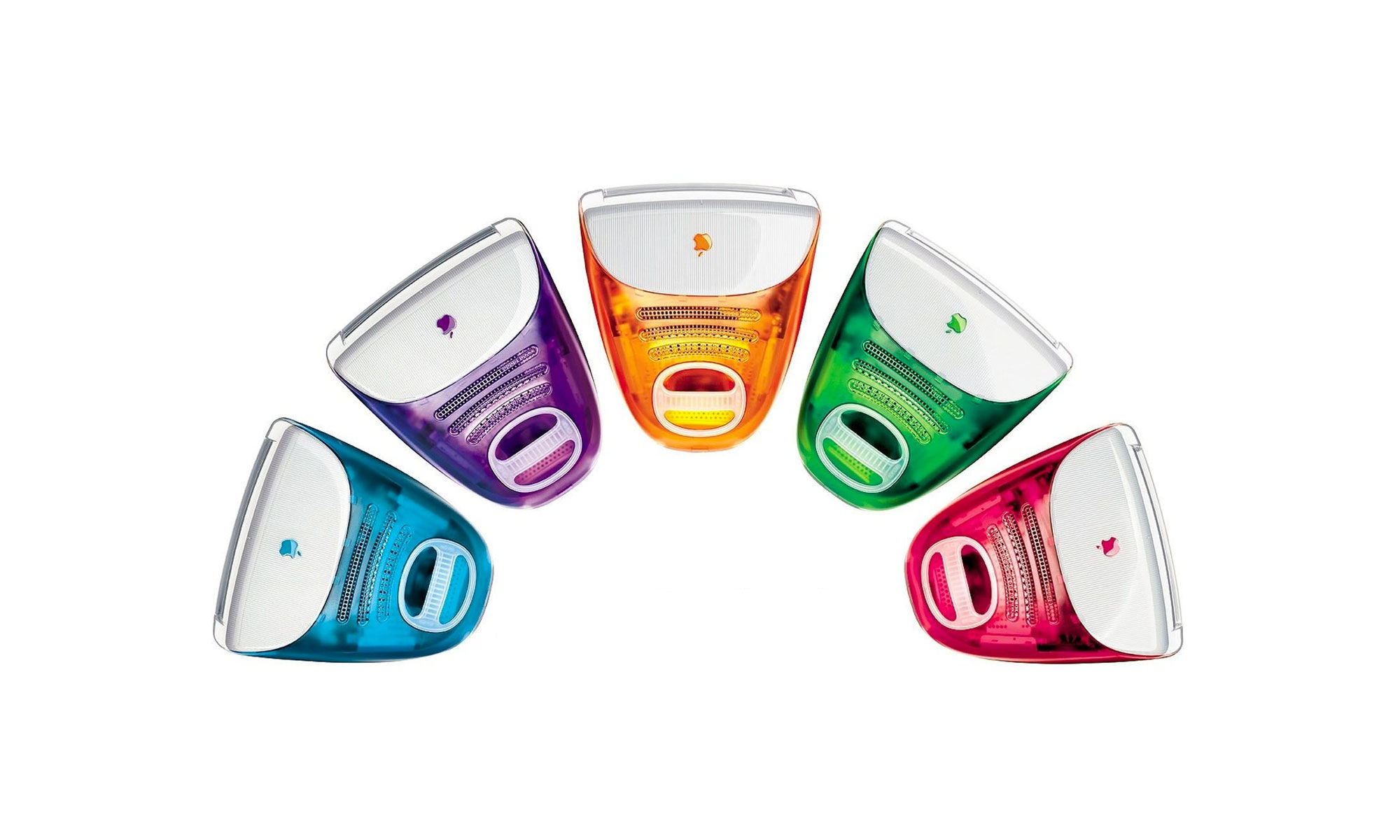Apple's past is one of its greatest products... so why doesn't it sell it anymore?
Apple is a very forward-looking company, but is it in touch with its past?

Apple users are well known for their sense of history. Obsolete Apple gear often sells for decent money, especially if it’s rare. An Apple-1, the very first Apple computer, sold for $677,196 (£539,055) in 2022 and a 2007 first-generation iPhone sold for $190,372.80 (£145,416) last year; 300 times its original price. Can you imagine old Windows PCs or Sony Walkmans ever becoming that collectable?
But if Apple collectors love their computing history, the Cupertino-based company doesn’t seem to share their enthusiasm.

If you access the Apple website, you won’t find a history section. Nothing about Steve Jobs and Steve Wozniak founding Apple in Jobs’ garage, and taking the company public with Ronald Wayne. Nothing about the early Macs, and the iconic advert shown during the 1984 Super Bowl. You won’t even find more modern Mac ads, like the hilarious Get a Mac series, featuring comic personifications of the Mac and the PC.
There’s a great article on Apple’s history on Wikipedia and the Get a Mac ads can be found on YouTube, but on the Apple website, there’s nothing.

Don’t assume Apple has terabytes of assets regarding older products under the table for the press either. Your correspondent once emailed Apple for a picture of a Mac that wasn’t currently sold, but wasn’t all that old either. I was told, ‘Apple is a very forward-thinking company and doesn’t keep pictures of old tech. Try an image library’. It seems Getty and Shutterstock have a better sense of Apple’s history than Apple does.
Something else Apple lacks is a museum. It used to have one – almost. According to retired corporate librarian and archivist Anna Mancini, who was Apple’s librarian in the Nineties, company librarians had collected "price lists, timelines, product data sheets, press releases, annual reports, executive speeches, policy pamphlets, news clippings" and anything else deemed of historical value.
Apple employees also collected documents and artifacts with a view to opening an Apple museum, starting in the early Eighties when the company was around five years old. But Apple never funded or founded a museum, or even made an effort to officially collect historical products. Again according to Mancini, "many of the historical products were gathered in an archival version of dumpster-diving, where librarians collected them from hallways and trash bins when employees cleaned out their offices after being laid off".
iMore offers spot-on advice and guidance from our team of experts, with decades of Apple device experience to lean on. Learn more with iMore!
Back in 1997 when Steve Jobs returned to Apple, he was unimpressed with the corporate librarians’ efforts. When shown the library’s thousands of technical journals and documents, he asked ‘Who uses all of this?’ He was told the engineers used it for research. ‘They should know all that already,’ he answered. The library was closed, its employees laid off and the contents donated to Stanford University’s Department of Special Collections.
Again, it falls to those outside Apple to fill the gap. Three years ago Ukrainian developer MacPaw opened its own Apple museum, initially featuring 323 exhibits including a 128k Macintosh signed by Steven Wozniak, the first portable Macintosh, the Twentieth Anniversary Mac (TAM) and QuickTake, Apple’s first digital cameras. The Apple Museum of Poland claims to be the ‘biggest and most complete’ collection in the world, and includes over 1,600 exhibits. There are other privately owned Apple museums in other locations around the world too.
Yet although Apple Park, the company’s Cupertino corporate headquarters, features a visitor’s center, if you check its website you won’t find a museum section. There are workshops, places you can get some hands-on experience with the current product range, a shop that sells Apple merch not available anywhere else and more, but nothing that recognises Apple’s stellar historical effect on computing and technology.

A museum of the past, ready for the future?
Will we ever get an official Apple museum, celebrating the company’s past while showing how it led to the present and where it’s going in the future? It certainly couldn’t have happened when Steve Jobs was alive. He simply wasn’t interested. To date, Apple’s current CEO and board have shown no signs of changing policy. But could there be light at the end of the metaphoric tunnel?

In 2021 Apple released new iMacs, featuring the long-awaited debut of the Apple Silicon processor in the desktop range. Long-time Apple enthusiasts were thrilled to note they were available in seven vibrant colours; green, yellow, orange, pink, purple, blue, and silver. Sound familiar? Way back in 1999, the G3 iMacs, featuring a slot-loading optical drive and a built-in CRT monitor, arrived in five flavours; Blueberry, Grape, Strawberry, Tangerine, and Lime, or blue, purple, red, orange and green for the less fruity.

Another blast from the past dragged right into the present is Apple’s notebook MagSafe connectors. First introduced in 2006, these power cords fitted to the laptop using a magnetic connection instead of plugging in. This made them very safe. If you were charging your MacBook and the dog ran into the lead, it would be pulled free instead of dragging your computer off your desk and possibly breaking it. It was discontinued in 2016 in favour of USB-C charging, but Apple users were delighted when it returned to the MacBook Pro range in 2021, and later appeared on the M2 and M3 MacBook Airs too.
It seems Apple is no longer afraid to dive into its own history for inspiration when bringing its product line right up to date, or even doing an about turn such as that seen with the notebook’s MagSafe connectors. Could it be that Apple is making peace with its history, and will this journey result in better recognition of what’s come before? Only time will tell.

Ian started his career as a games journalist, working on legendary magazines such as Crash and Zzap! 64, before moving into tech. As well as iMore, he currently works for titles such as MacFormat and Mac!Life. He also has a keen interest in history, and has written several bookazines about famous battles in World War II. His favourite computer is his M1 iMac, but his M2 MacBook Air gets a lot of love too. He’s also a keen user of other Apple devices, such as his iPad Pro, iPhone 15 Pro and Apple Watch.
